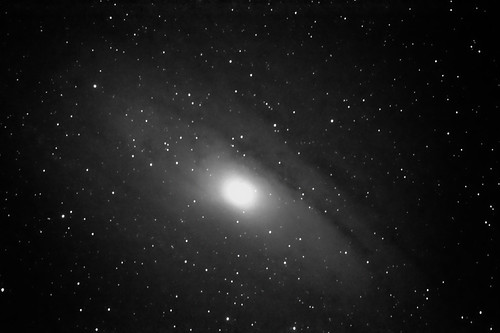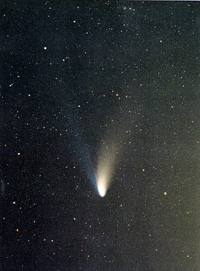The 2012 Game Developers’ Conference officially got started this morning. For me, it seemed like a late start with the first sessions beginning at 10am. For someone who’s up at 5am on a regular basis, that’s a lot of morning time to kill before getting started! Fortunately, my camera is with me everywhere and I had lots of time to explore before hitting Mel’s Drive-In Diner for breakfast.
The “discovering new experiences” part of the day started VERY early as I experienced my first earthquake. A 4.0 magnitude quake struck the Bay Area at 5:30 this morning. While it wasn’t that strong of a quake, it was still disconcerting while occupying a room on the 8th floor of an old, sketchy hotel! At least now I can scratch “survive an earthquake” off of my bucket list.
Sessions for the day were part of the Math for Game Programmers tutorial. In the past, this has been a weak tutorial, but I was pleasantly surprised by its evolution. While the oratory skills of the organizer had still not improved one bit, nor had his specific talk, the quality of the other presenters and presentations improved quite a bit.  First out of the gate was a talk on Bezier curves and splines. Might have to see about working curves and splines into the MATH/PHYS 191 course. It would be a natural succession to introduce them after we discuss parametric equations.
First out of the gate was a talk on Bezier curves and splines. Might have to see about working curves and splines into the MATH/PHYS 191 course. It would be a natural succession to introduce them after we discuss parametric equations.
There was also a good talk on collision detection methods which reaffirmed that the work we’re doing in the MATH/PHYS 191 course is in line with what’s being done in the field. All very interesting, and I’ll have links to the slides in time. The last talk of the day was about data as paramount when thinking about how to construct code. The speaker’s motto was “understand the data, and you understand the problem”. As a computational physicist, my reaction was, “Duh!” Preaching to the choir, there.
 One of the great things about coming to San Francisco is having the opportunity to meet up with some of my friends and fellow IndyCar fans from Twitter. Tonight, I was introduced to a new place, Pesce, which specialized in tapas-style seafood dishes. It was fabulous! I would include a pic of the lobster ravioli and the pan-seared scallops, but they didn’t stick around long enough. Delicious!
One of the great things about coming to San Francisco is having the opportunity to meet up with some of my friends and fellow IndyCar fans from Twitter. Tonight, I was introduced to a new place, Pesce, which specialized in tapas-style seafood dishes. It was fabulous! I would include a pic of the lobster ravioli and the pan-seared scallops, but they didn’t stick around long enough. Delicious!
So the first day was successful. At least more than it had been in past years. Tuesday, the second day of the tutorial, is all about Physics for Game Programmers. It will be interesting to see what new things they bring to the sessions this year. Also, the IGDA party is Tuesday night! It’s never been a real blow-out type of party, but at least there’s free food.







